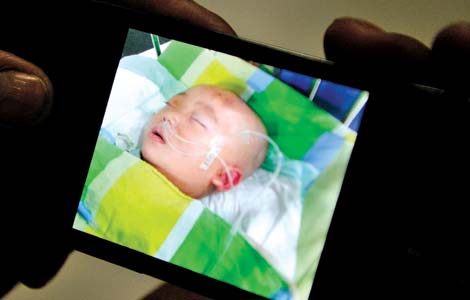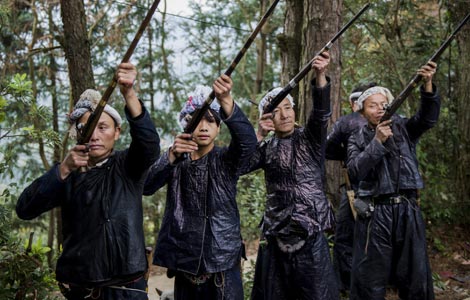Taking a humane look at cosmetics
Updated: 2013-12-20 08:48
By Xu Wei and Zhang Lei in Beijing (China Daily)
|
|||||||||||
|
|
Search for alternatives
The EU ban on animal testing has forced producers to accelerate research into alternative technologies. The move is unlikely to have an immediate impact on companies with production units in China, though, because products tested before the ban came into force will remain on the shelves in Europe.
L'Oreal, which recently expanded a factory in Hubei province into its largest production base in the Asia-Pacific region, has developed a Chinese EpiSkin model, a facsimile of human skin constructed from Asian keratinocytes, the dominant cells in the outer layer of the skin.
In a news release, the company said EpiSkin can provide solid technical support for the new EU regulations because it can be used as a replacement for human and animal tissue in some tests, especially those related to corrosion and irritation of the skin. In Europe, the product has already been certified for use.
In 2011, the CFDA embarked on a project to identify alternatives to animal testing.
The project, headed by He Zhengming, is examining the possibility of setting up a special body to research alternatives to toxicological tests on animals. The group also reports on the latest developments in ongoing research methods and the application of alternative research and testing, plus conditions in laboratories.
Both He and the CFDA declined invitations to be interviewed on the project's latest findings.
Jiao, the expert from Guangdong Entry Exit Inspection and Quarantine Bureau, said that the alternative methods have drawbacks. "The methods are still immature in terms of testing new ingredients in cosmetics, especially the methods of testing for chronic diseases," she said.
Today's Top News
Nearly 90 hurt as London theatre ceiling collapses
Putin to pardon jailed tycoon
More help on way for foreign media
Beijing vows to boost Bolivia infrastructure
'Mutual interests beat differences'
New envoy 'must find right mix'
Yanukovich offers protesters nothing
China, Britain face new opportunities
Hot Topics
Lunar probe , China growth forecasts, Emission rules get tougher, China seen through 'colored lens', International board,
Editor's Picks

|

|

|

|

|

|






